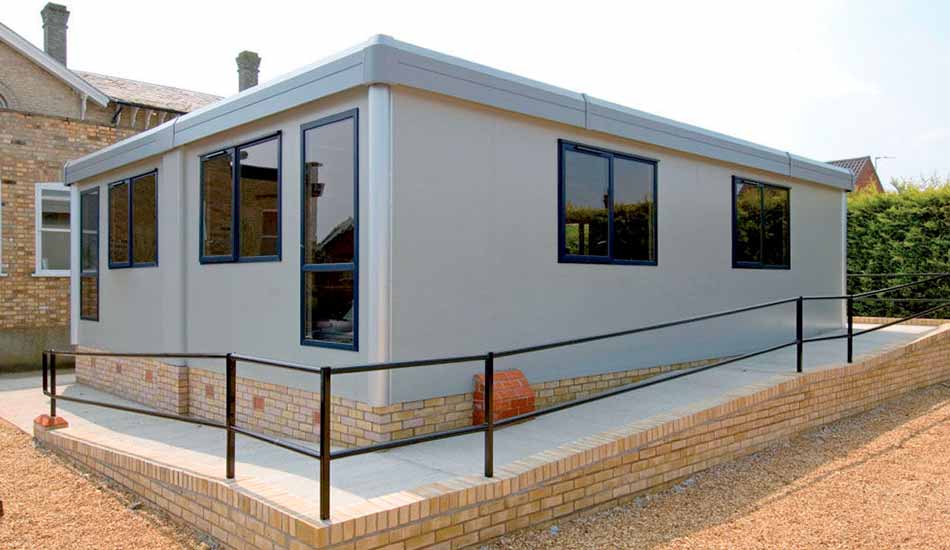What are the advantages and disadvantages of different construction methods?

The use of iron and steel in the steel structures
March 9, 2022
Multi-storey building with steel frame
March 12, 2022Lightweight steel frame in construction
Lightweight steel structures are used in the same way as wooden platforms in construction and have similar advantages. Steel is easy to make and is often made from recycled materials that reduce the environmental impact and manufacturing costs for the consumer. In addition, the lightweight steel frame can be easily customized to meet customer needs.
Steel structure construction is a great option for customers who are looking for special design styles in construction, because this method is especially compatible with open spaces and minimalist designs; Lightweight cold rolled steels can cover openings 25-30 inches long. While using thicker parts with hot rolling, this span length can be increased. Walls with head-to-head windows can also be widely used with steel frame structures.
Another advantage of steel structure is the high accuracy that is considered in the production of steel parts. Because parts are manufactured off-site to meet the exact specifications, customers can be assured that their needs are fully met and that they get exactly what they want on site, factory accuracy, the possibility of errors and Significantly reduces on-site manufacturing errors as well as steel frame costs.
In addition, when these steel parts are properly assembled, they will be much more durable than wooden skeletons, meaning that people who choose steel frames typically face fewer environmental issues (non-steel They are penetrating and resistant to mold, rot, termites and wood damage problems) and you do not need to worry too much about their efficiency and deterioration.
As the demand for steel structures increases, a limited number of manufacturers are aware of this construction method and the high cost of materials makes this construction method less known to customers. Also, when using steel parts, know that they are easily adjustable at the factory and are very difficult to adjust on site, so it will be more difficult to make these parts on site.
Concrete
One of the major advantages of concrete is its durability, which is why they are used in roads and bridges. Concrete can also be cast in almost any shape, making them an ideal choice for customers looking for specific shapes and elements that are beyond the standard wood and steel options. In addition, concrete also provides very effective thermal insulation, as it absorbs and retains heat and keeps concrete structures cold in summer and warm in winter.
In this regard, concrete can be a major cause of pollution, because the cement production process, as one of the main elements of concrete, produces a lot of carbon dioxide, which is a greenhouse gas. Many people avoid using concrete due to aesthetic issues; Concrete looks very heavy when used in buildings (think of rough architecture in the mid-1900s), and if it is not cleaned regularly, it will get dirty quickly.
Other methods
Other construction methods, such as building materials and prefabricated blocks, have some positive aspects of concrete, especially thermal insulation, which improves energy efficiency. These methods are the best solution in areas where raw materials are abundant, because they are more environmentally friendly because they are made of locally made blocks, including brick and stone.
The thing to keep in mind is that these construction methods work in areas with poor seismic activity, which makes them less used in seismic areas. In addition, these construction methods require skilled labor and put a lot of pressure on the builder in terms of time and cost.
Result
Customers looking to build a home should consider the elements that are important to the project and choose the appropriate construction method. While cost is often the determining factor, a customer who intends to build a home will have many options available that they can choose the method of construction according to the design, location and budget.




